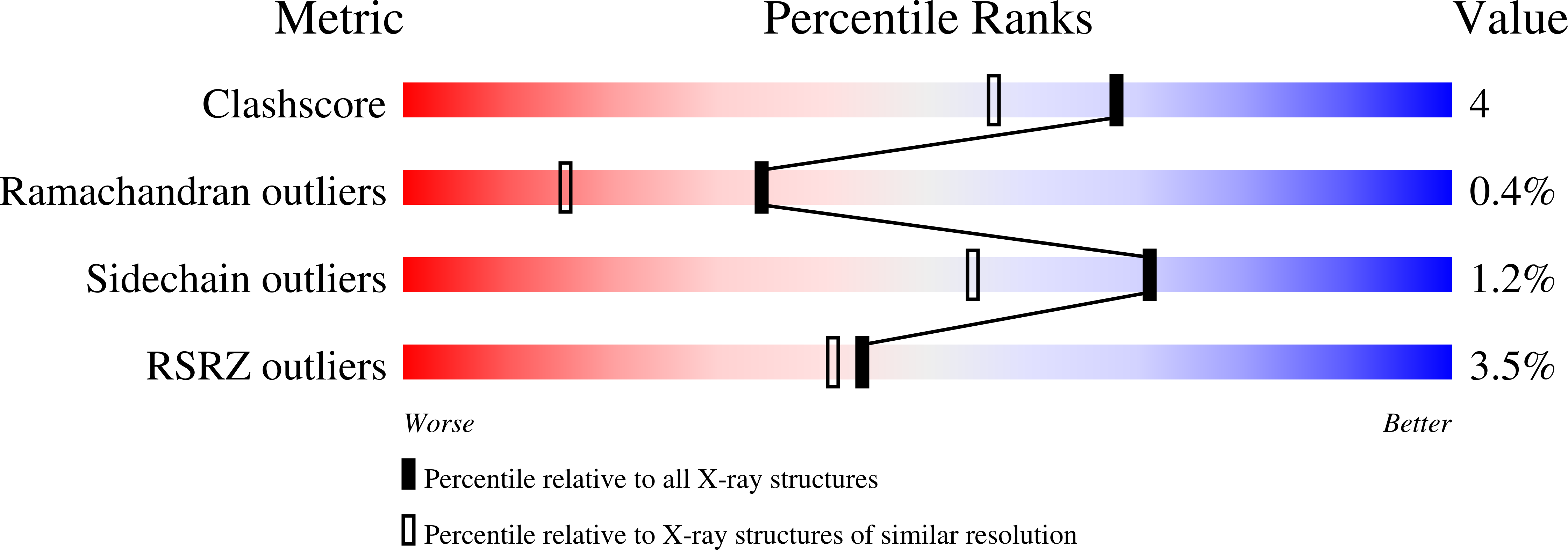
Deposition Date
2006-08-01
Release Date
2007-06-12
Last Version Date
2023-08-30
Entry Detail
PDB ID:
2HW9
Keywords:
Title:
Crystal structure of Lys12Cys/Cys117Val mutant of human acidic fibroblast Growth factor at 1.60 angstrom resolution.
Biological Source:
Source Organism:
Homo sapiens (Taxon ID: 9606)
Host Organism:
Method Details:
Experimental Method:
Resolution:
1.60 Å
R-Value Free:
0.22
R-Value Work:
0.20
Space Group:
C 2 2 21


